What Is Running Cadence?
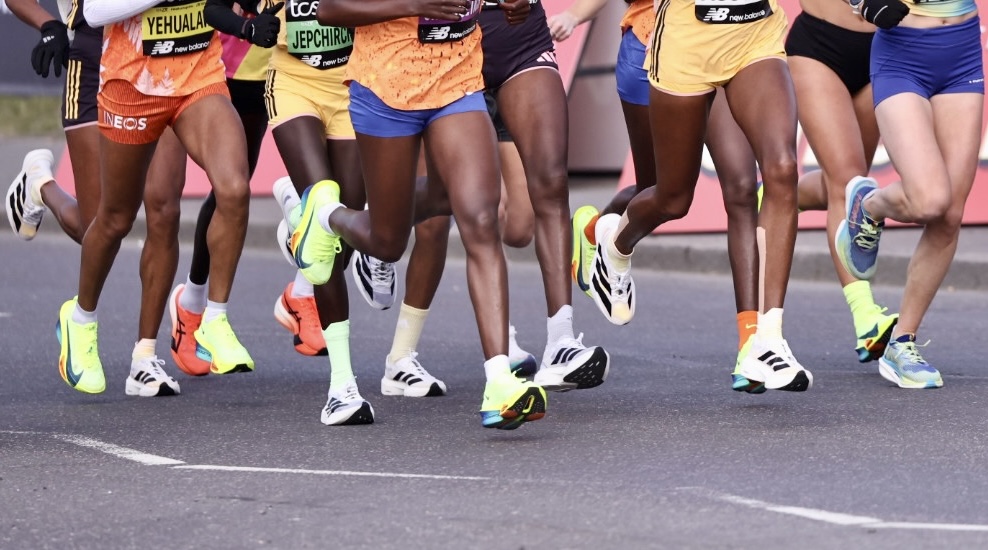
Why does cadence matter to runners? Is there a perfect cadence to run at? Here’s everything you need to know about running cadence.
WHAT IS RUNNING CADENCE?
Your running cadence is the number of steps you take per minute when you run. If your cadence is 180 then that means you are taking 90 steps per minute on each foot. Most runners have a cadence between 160-200.
Lots of things can affect your cadence, like whether you’re sprinting or jogging, running on hills or trails, how fatigued you are, and just your general running style.
Alongside cadence, it’s good to know some other terms.
Your running stride is the full movement from one foot taking off from the ground to that same foot landing again.
Your stride length is the distance you cover with each full stride of one leg.
Speed is the result of your stride length and cadence together. The longer your stride and the quicker your cadence, the faster you go. Your cadence doesn’t necessarily go up as you run faster: a runner can maintain a cadence of 170 when they are running at six-minutes per mile and nine-minutes per mile, but it means that when they run faster, they push off with more force so their stride length is longer.
There are lots of other things to consider with cadence.
HOW DO YOU MEASURE YOUR CADENCE?
Most running watches will measure your cadence and can even show you live data on your watch as you run.
You can also use a more manual approach: count the total number of steps you do in 20 seconds and then multiply that by three.
WHY DOES RUNNING CADENCE MATTER?
You move yourself forward each time your foot pushes off the ground.
The cadence of a brisk walk is around 100, whereas it may be double that when you run. Your cadence should be similar whether you’re doing an easy jog or a fast interval, though will increase if you’re doing an all-out sprint.
A general cadence range for runners is 160-200. Let’s imagine what that looks like.
The 160 cadence runners is spending more time in the air, pushing off harder with a bouncier stride which uses lots of energy to move up instead of forward (it’s like their bounding along). The 200 cadence runner is moving their feet much quicker and lighter over the ground, helping them move forward. They can both cover the same distance in the same time, but they do so with different efficiency.
And efficiency is what matters with cadence.
By having a faster cadence, you tend to move your feet quicker, and it helps to have a better overall running form.
Higher cadence running will also reduce impact through your muscles and joints as runners tend to land with their feet beneath their hips. Low cadence running often leads to over-striding and landing on their heels further out in front of their bodies, and this can put more strain through the lower body and potentially lead to more injuries.
WHAT IS THE BEST CADENCE FOR RUNNERS?
Some runners can have a fast shuffling cadence of over 210, while others will have a loping cadence of under 160, while taller runners may have a lower cadence compared to shorter runners.
It’s widely regarded that a cadence of around 180 is optimum for many runners, though a wider window of 170-190 is more accommodating to more runners.
A quicker cadence can help you run more efficiently because your legs are moving faster and should land nicely beneath your body, while also ensuring you’re using energy to move forward and not bounce up and down in your stride.
CAN YOU CHANGE YOUR RUNNING CADENCE?
Maybe a more accurate question is should you change your running cadence?
Every runner is unique in their stride and cadence, and there are always natural differences. If you already run around 180 or above, then you probably don’t need to try and change your cadence.
However, if your stride is under 160, if you suffer from injuries from over-striding (including knee, shin, ankle pain), or if you’re struggling to improve running performance, then it might be helpful for you to try and work on increasing your cadence.
One way to do this is to use a metronome feature on a running watch or an app. You can set the cadence to whatever you want and it’ll tick or vibrate to that rate – you just need to get your feet to match the beat.
If you naturally run at 160 then don’t try and go straight to 180, and gradually try to increase it (try a couple of runs aiming for a 165 cadence, then try 170 for a few runs, then move up to 175, and see how it feels). It may feel awkward to begin, but stick with it and soon you’ll naturally start running with a higher cadence.
One of the best ways to help improve your cadence is to do strides and short hill sprints. When you run at a 95% effort, then your legs and feet naturally move quicker as your cadence increases. Repeating this over weeks and months can help you to move with a higher cadence on all runs.
If you generally struggle to move your feet quicker then you could try skipping with a rope, or just jumping up and down quickly on the spot, which will help train yourself at moving faster.
DOES YOUR CADENCE CHANGE WHEN YOU RUN FASTER?
First, there’s a difference between running fast and sprinting. When someone sprints 100m effectively they will have a much higher cadence compared to if they jogged 100m.
It’s better to compare cadence over a longer distance, like a 5km road run. If you run with good form in a slow 5km and a 5km race, then you should run with approximately the same cadence in both, however what changes is the force you use with each faster stride, which means that you travel further with each step you take.
Having a faster cadence means you will run with good form no matter the pace.
WHAT AFFECTS YOUR RUNNING CADENCE?
Lots of things will affect your running cadence.
Hills. When running downhill, your cadence will likely decrease and your stride increase as you bounce down with gravity (unless you’re racing and can use the downs to your advantage and speed up), while when running uphill you want to increase your cadence and shorten your stride to help be more efficient.
Trails. Your cadence will vary more over trails than on tarmac because you will often be more cautious with how your feet move, avoiding rocks and roots, watching for changes in gradient, which overall often means a quicker cadence on trails.
Speed. We’ve already looked at how your cadence should stay around the same regardless of whether you’re jogging or racing, but over very short distances, like a stride or a sprint, you will likely have a higher cadence. And in general, faster runners tend to have a higher cadence than slower runners (but they are likely faster because they have higher cadence).
Tiredness. Look at stats on your watch from a recent longer run and you’ll likely notice that your cadence gradually decreases as you get tired. One great tip to remember when you’re late in a race is to focus on maintaining a quick cadence and holding onto great running form.
***
Do you know what your normal cadence is? Have you tried to increase your cadence?


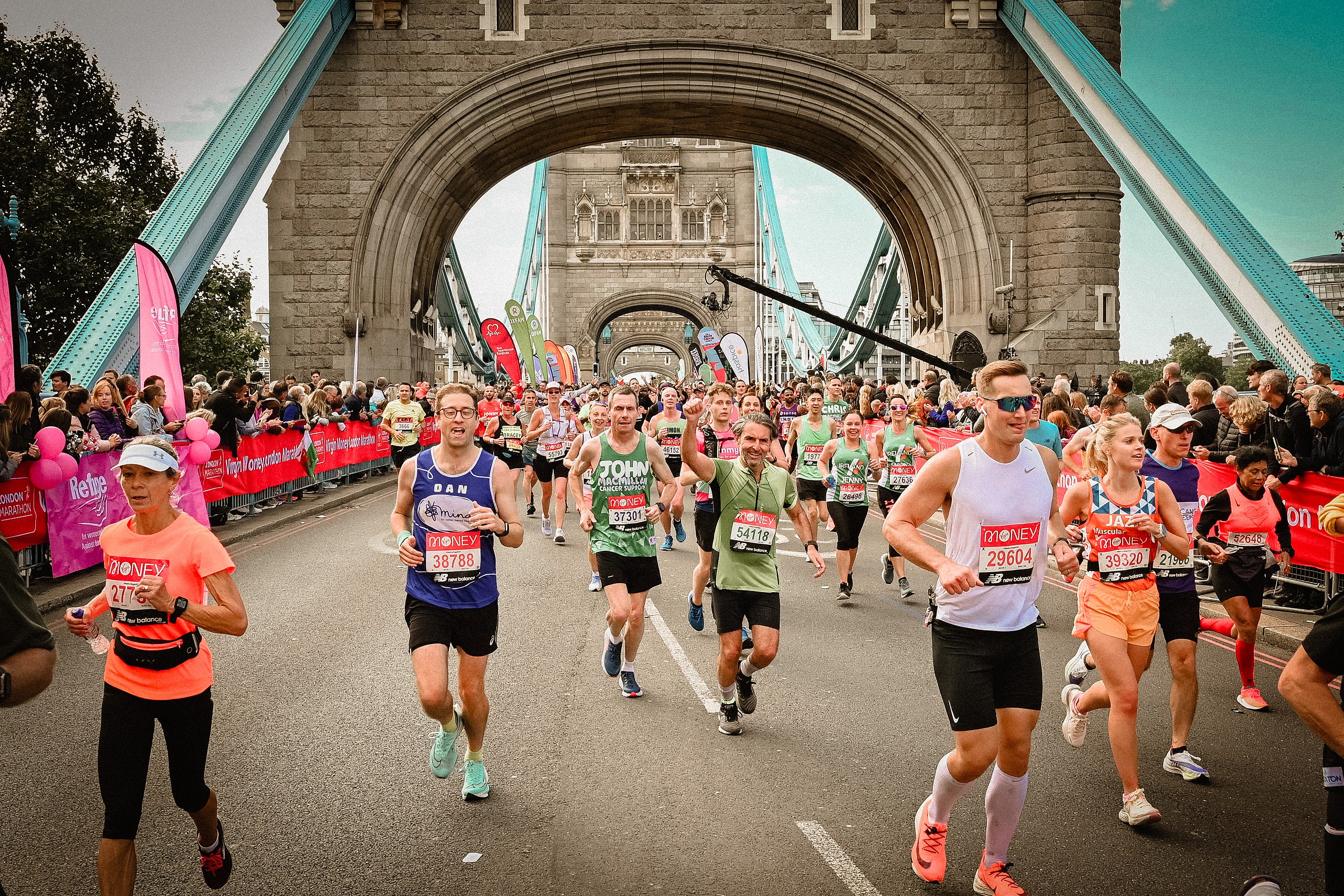
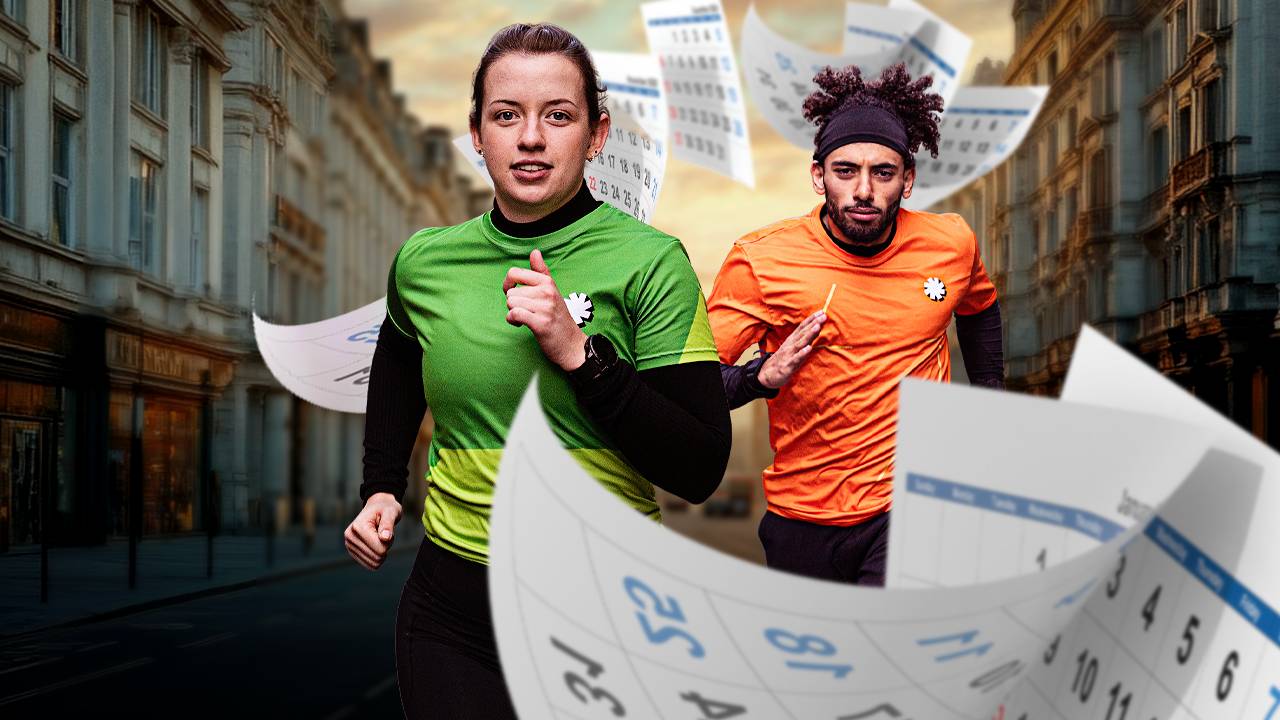

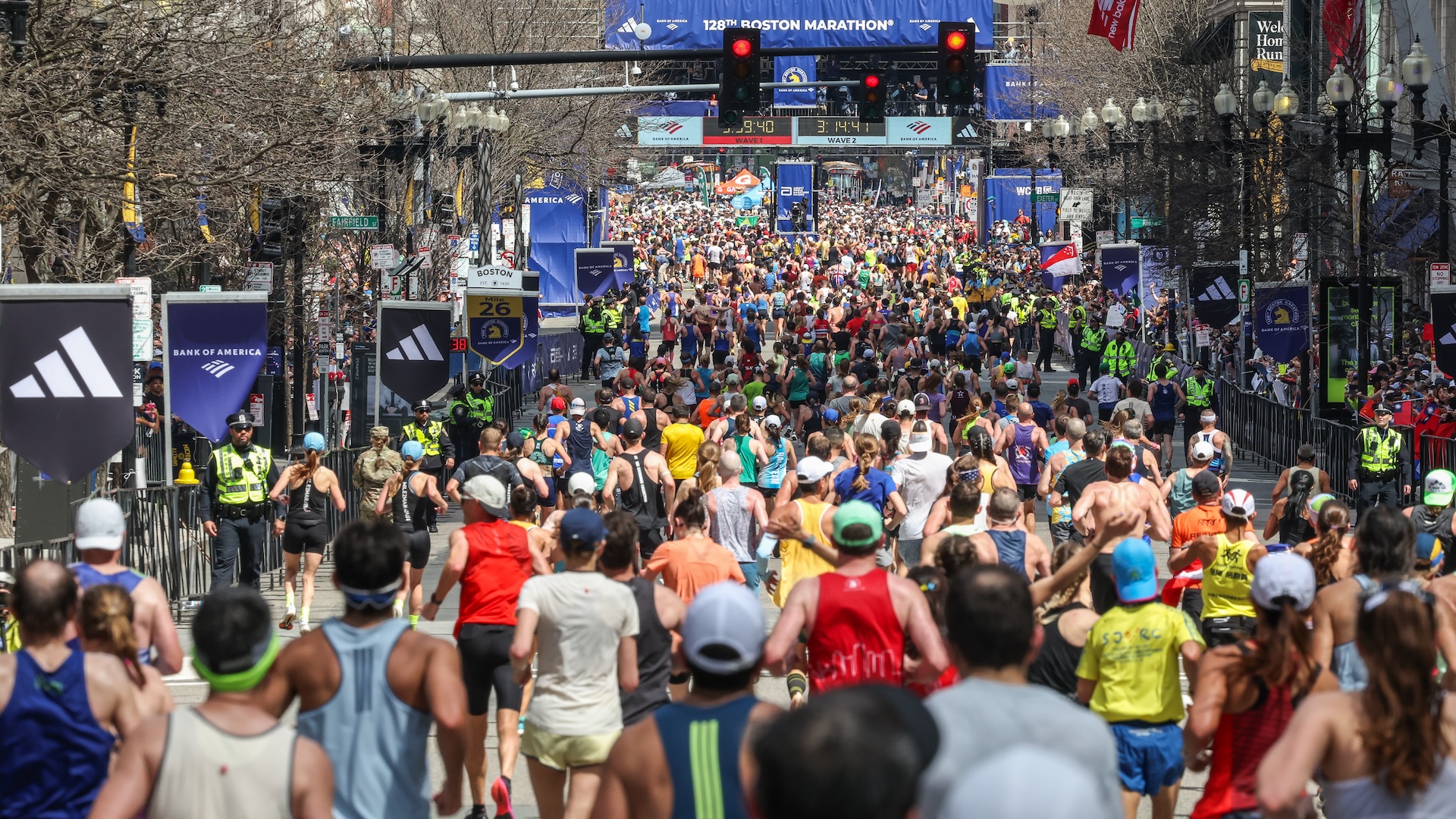
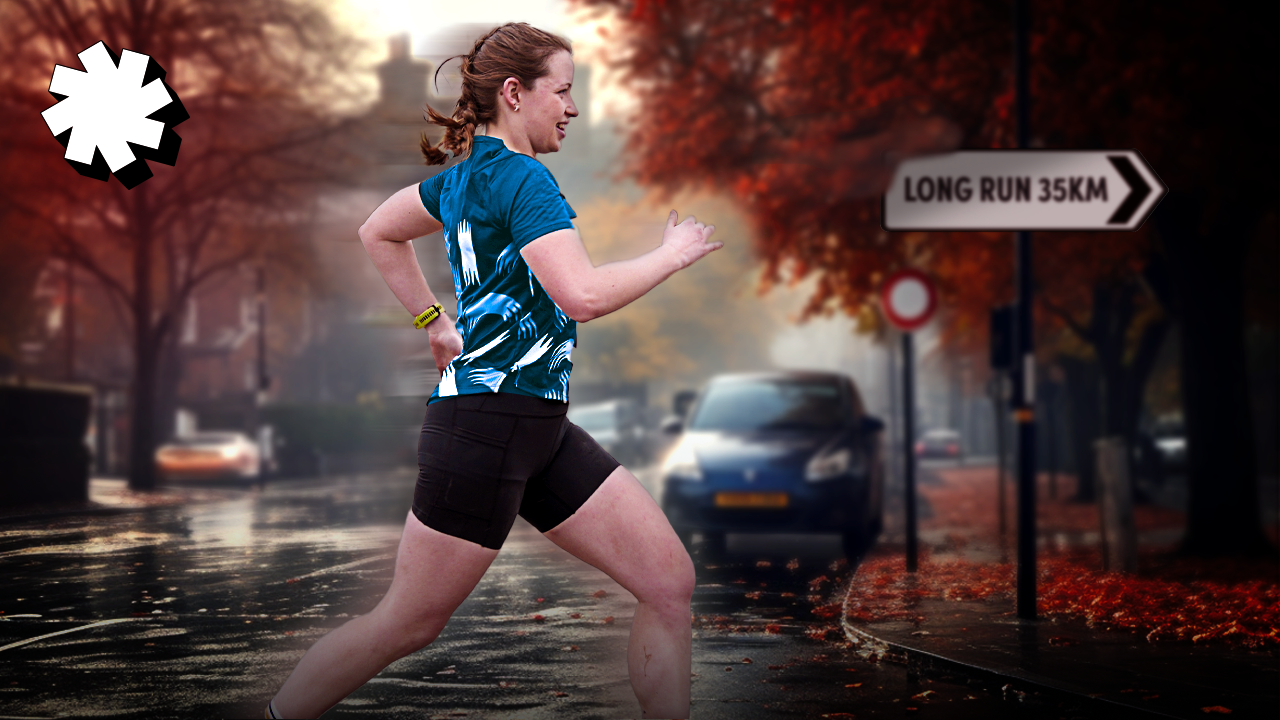
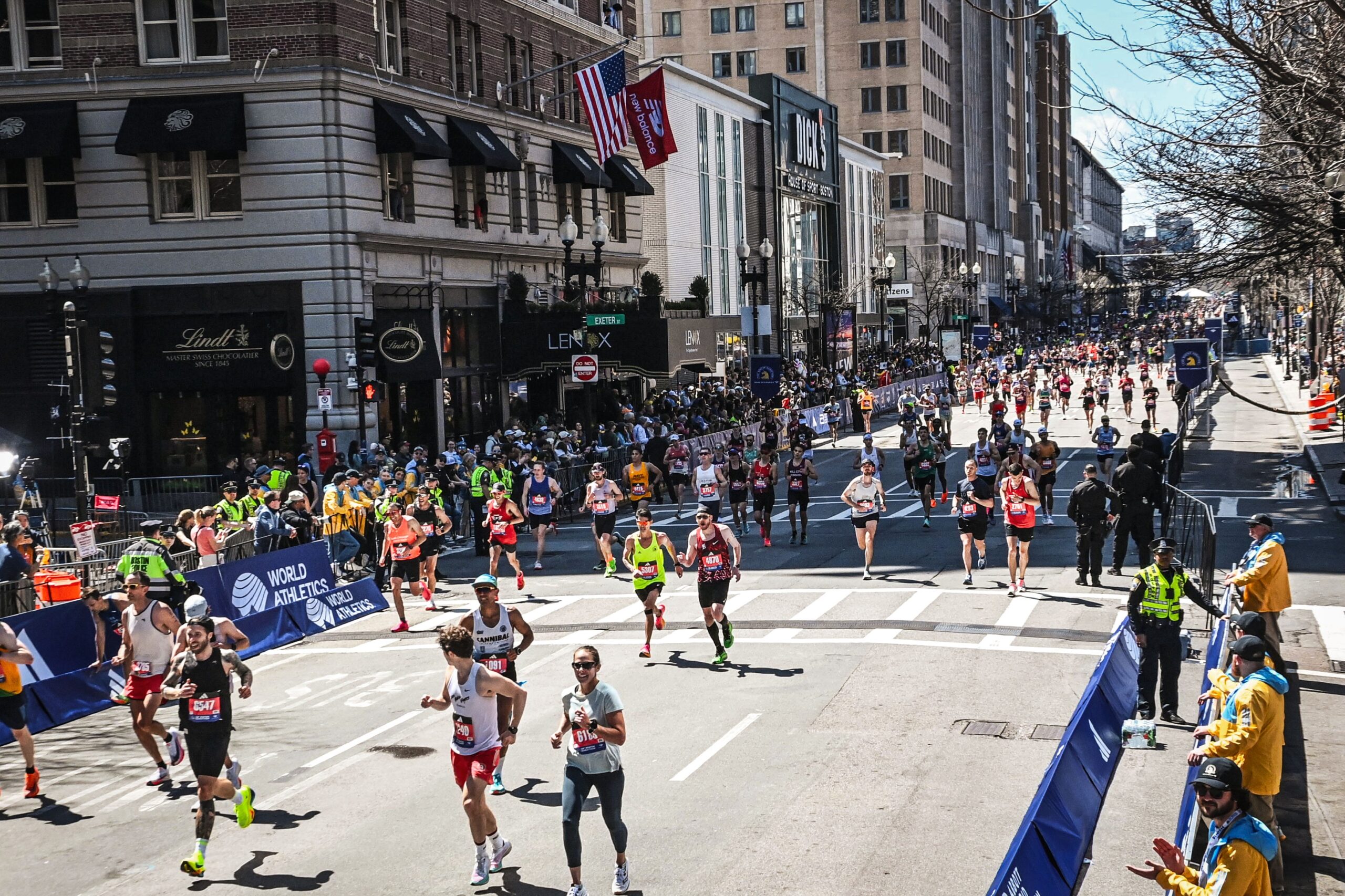
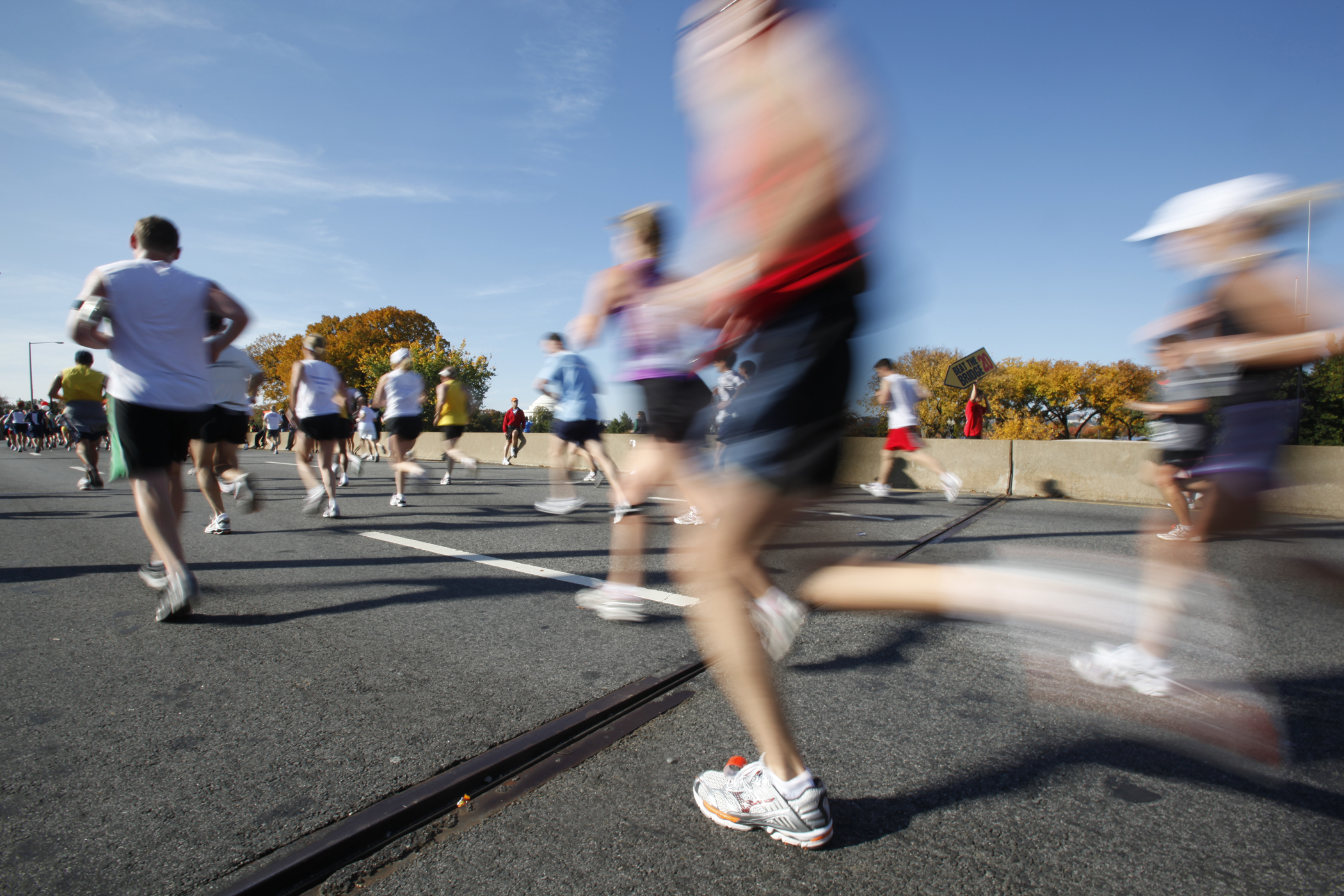

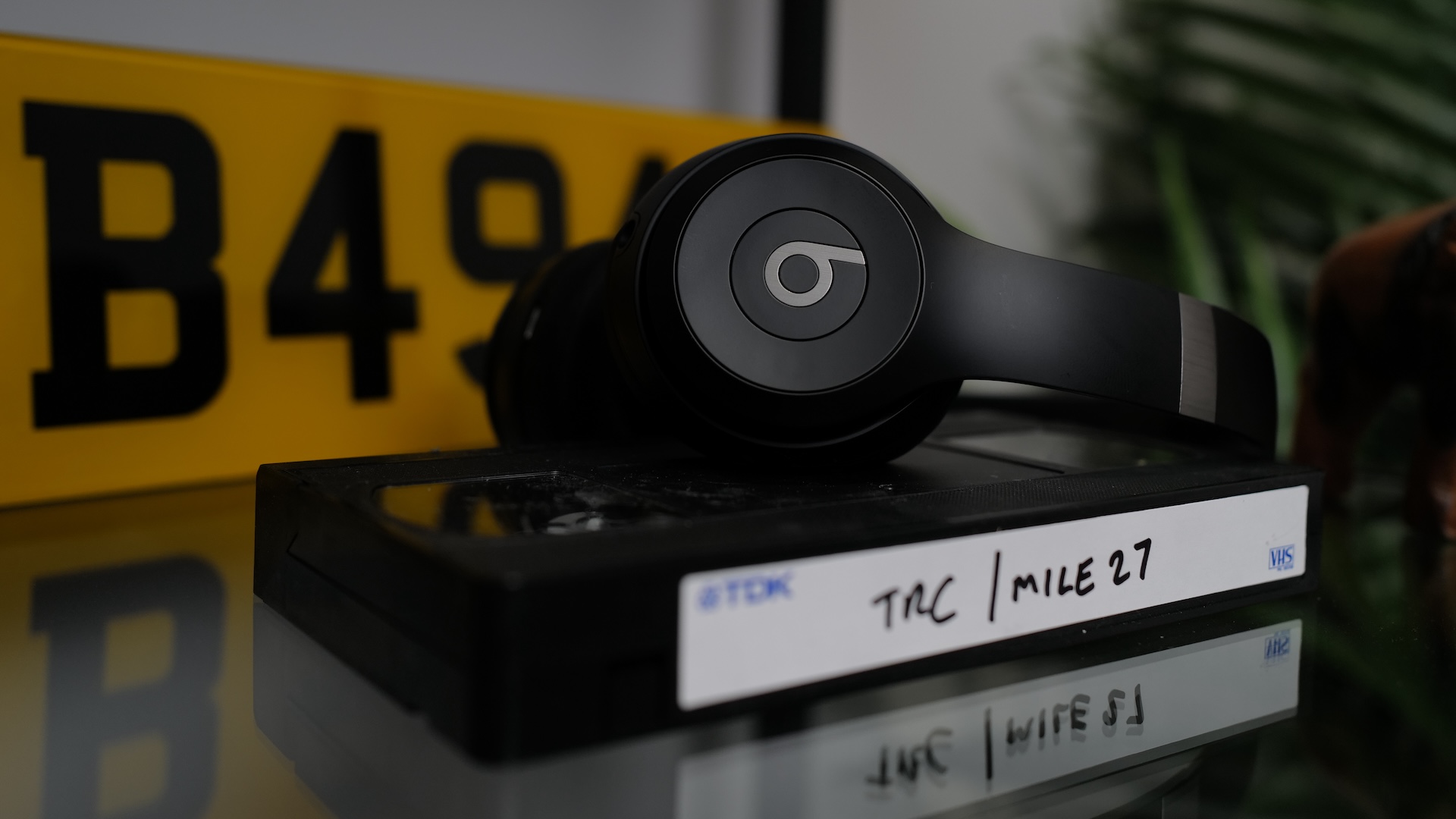

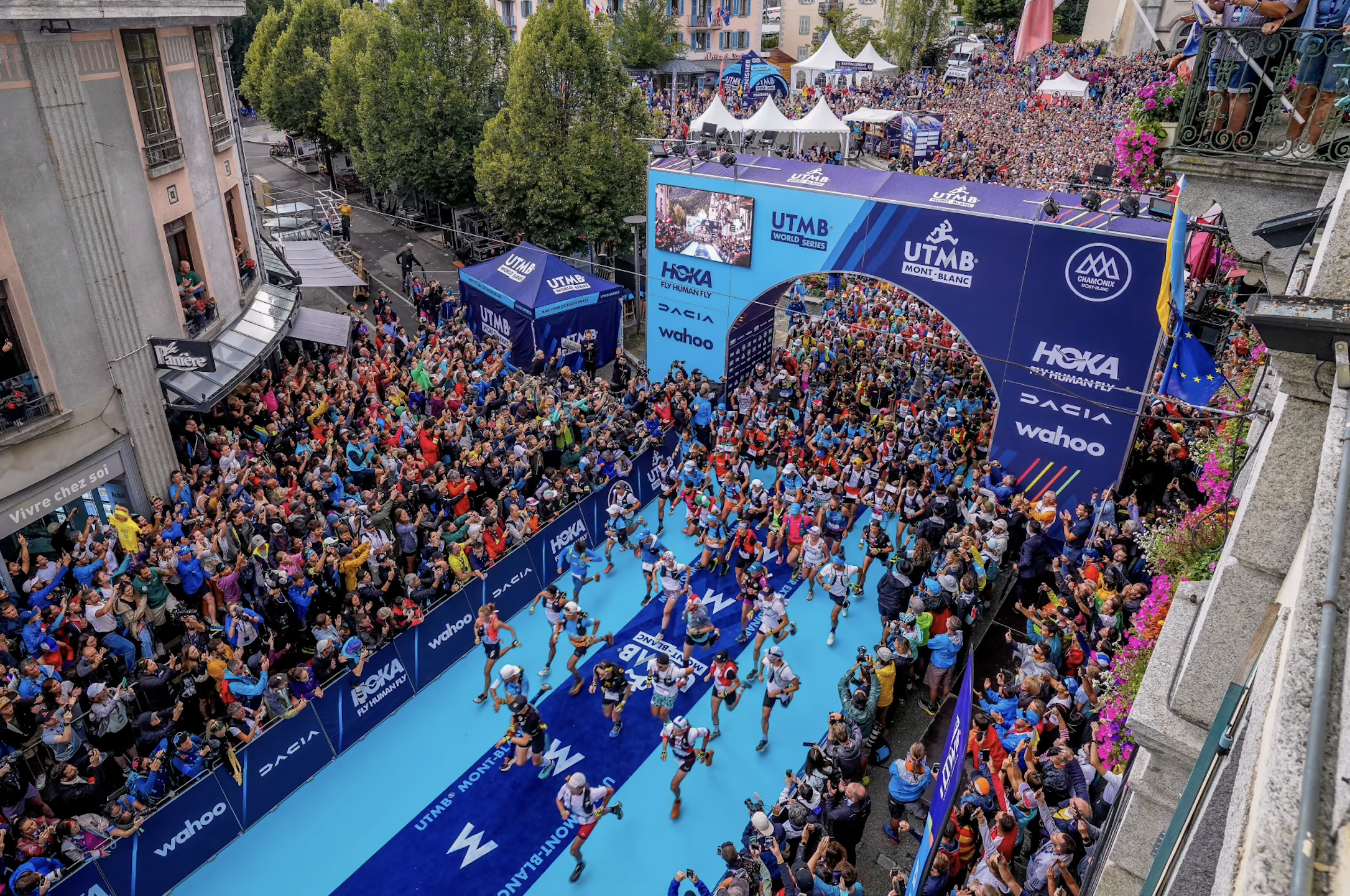
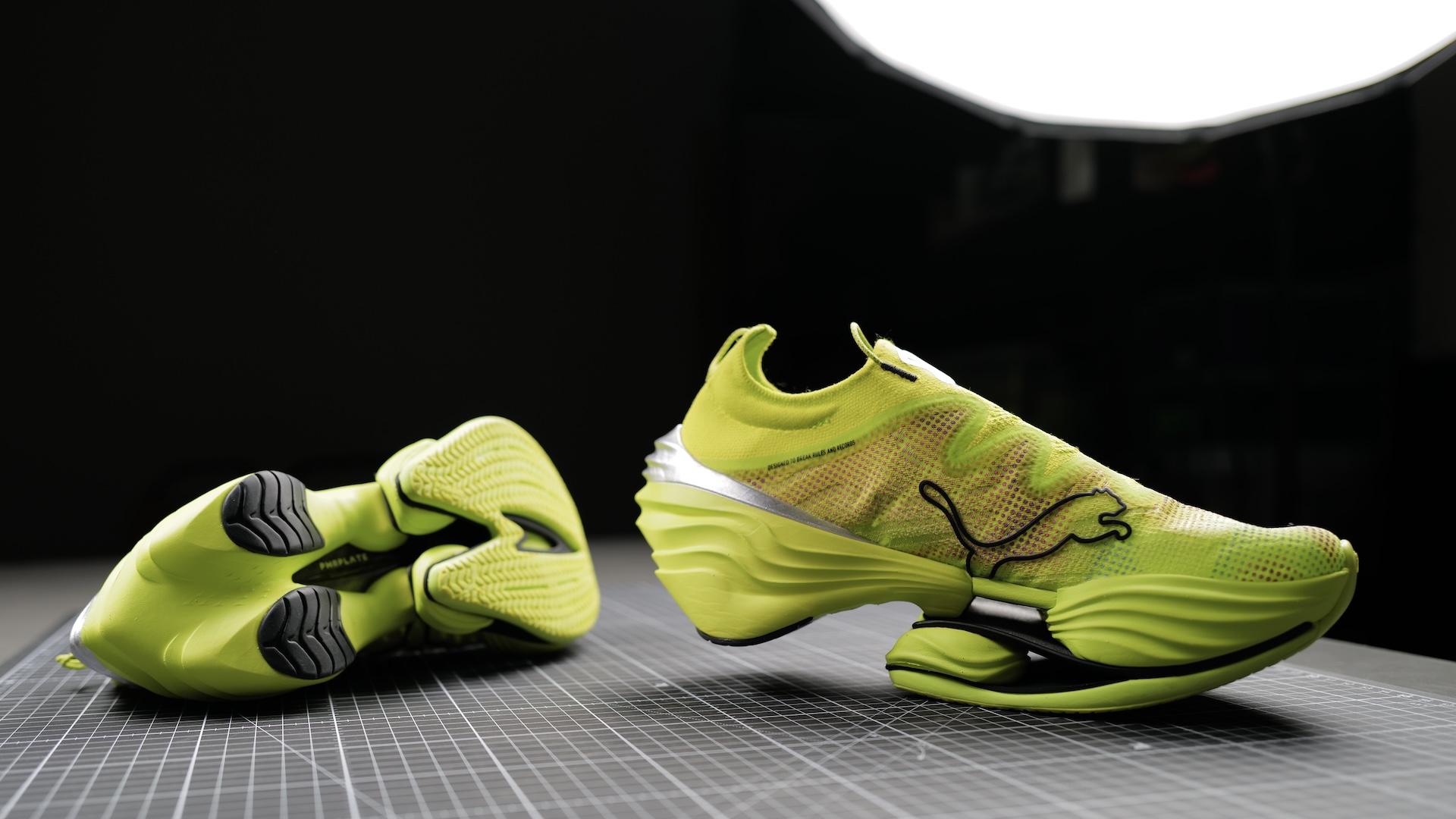

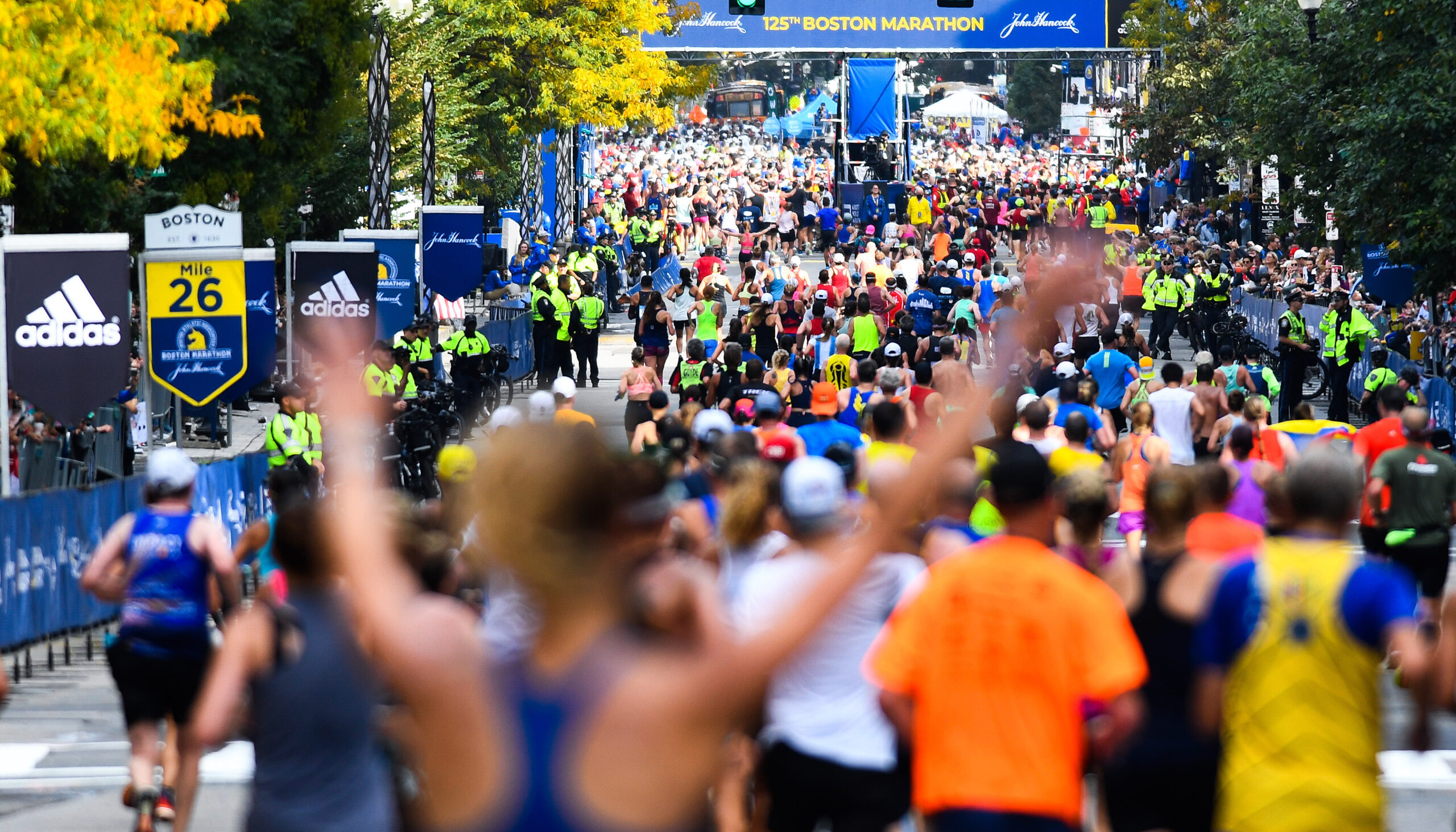
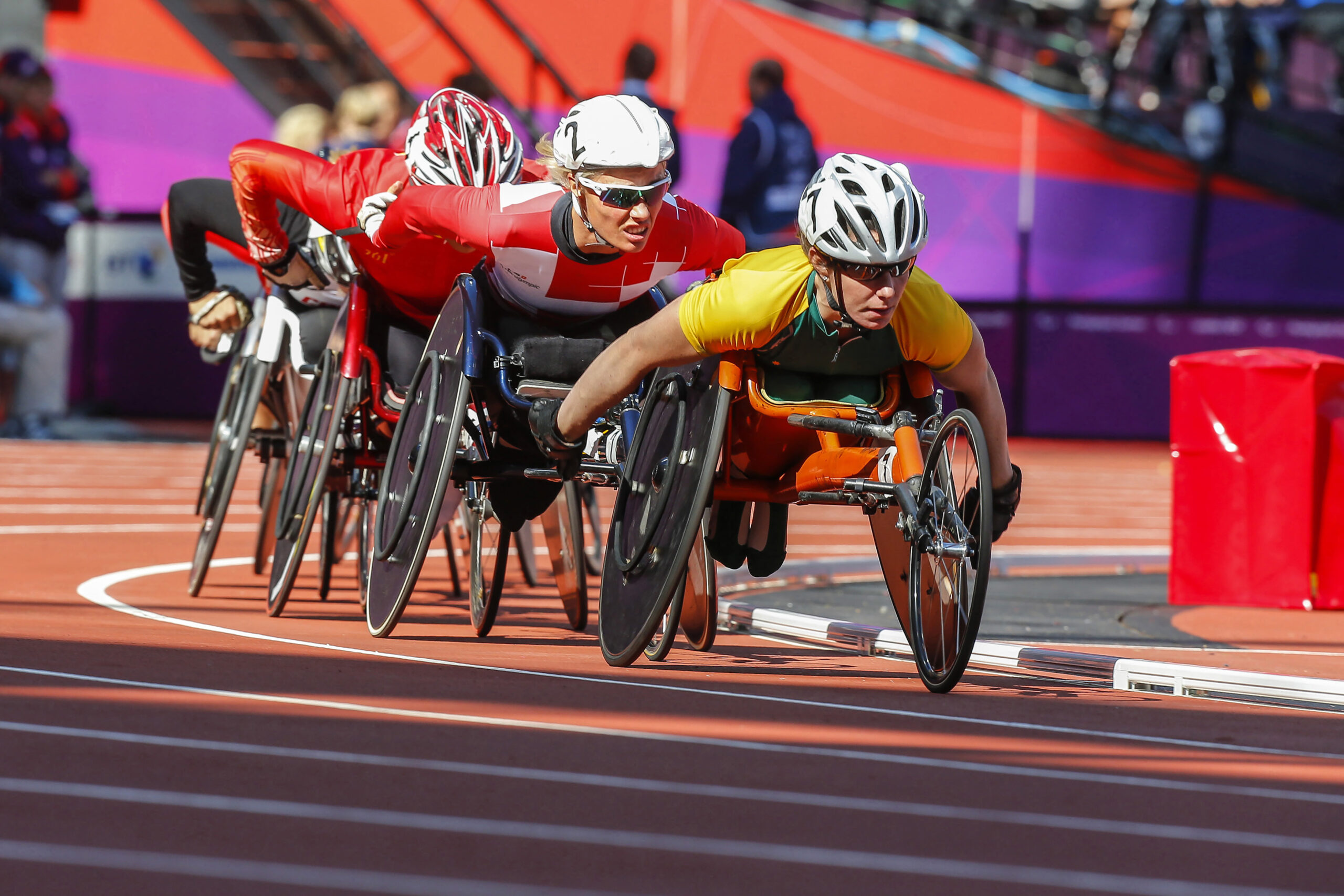

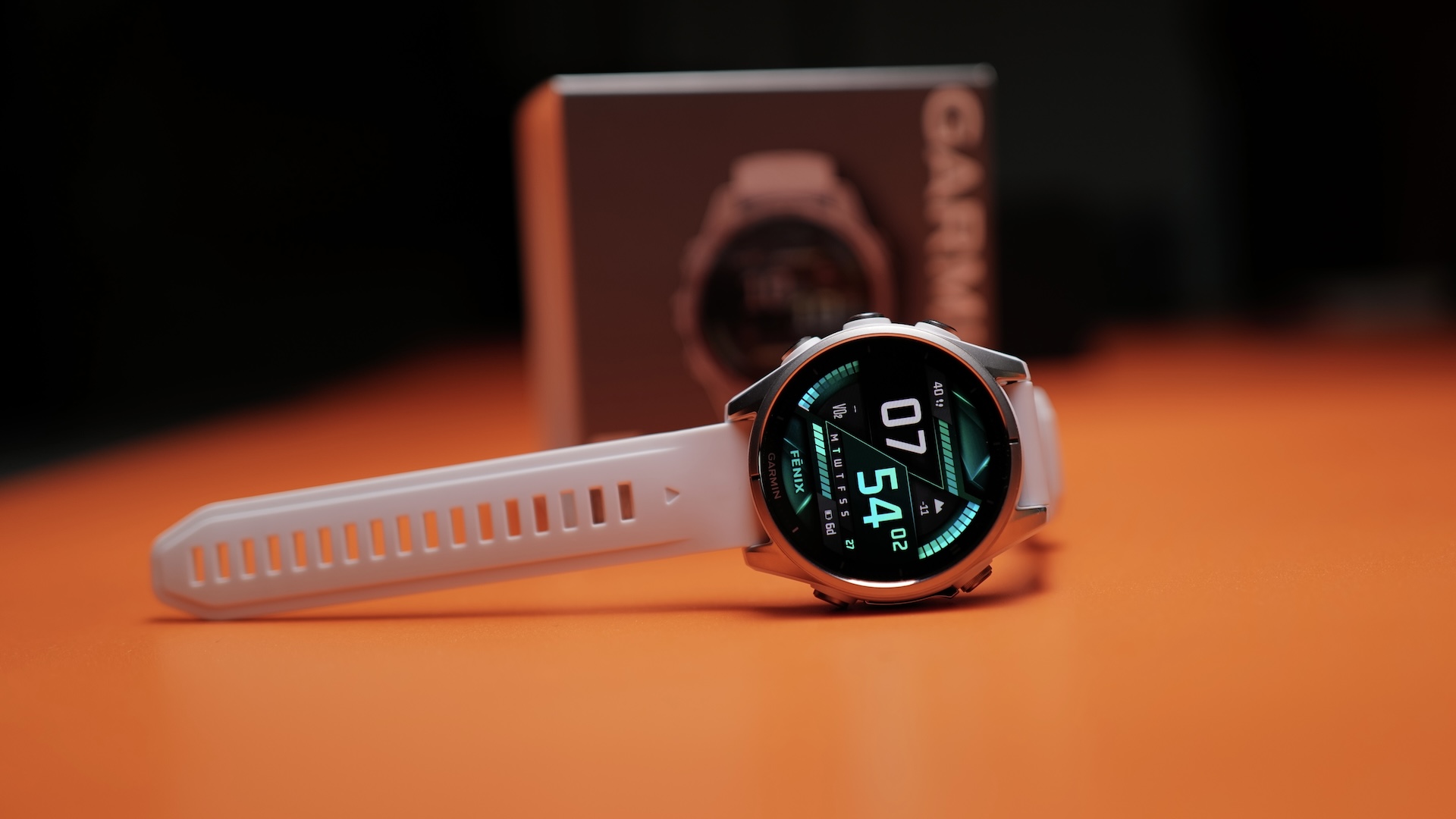

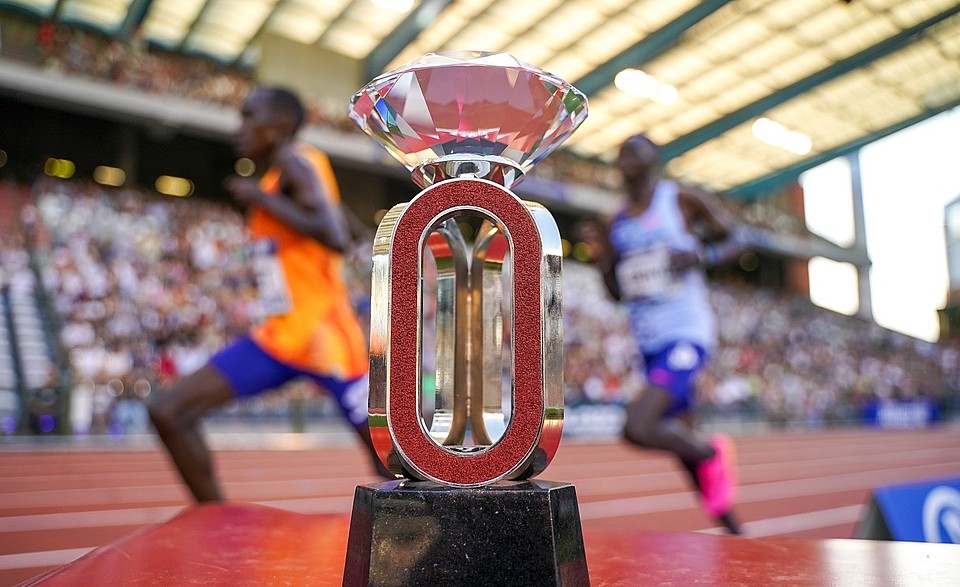

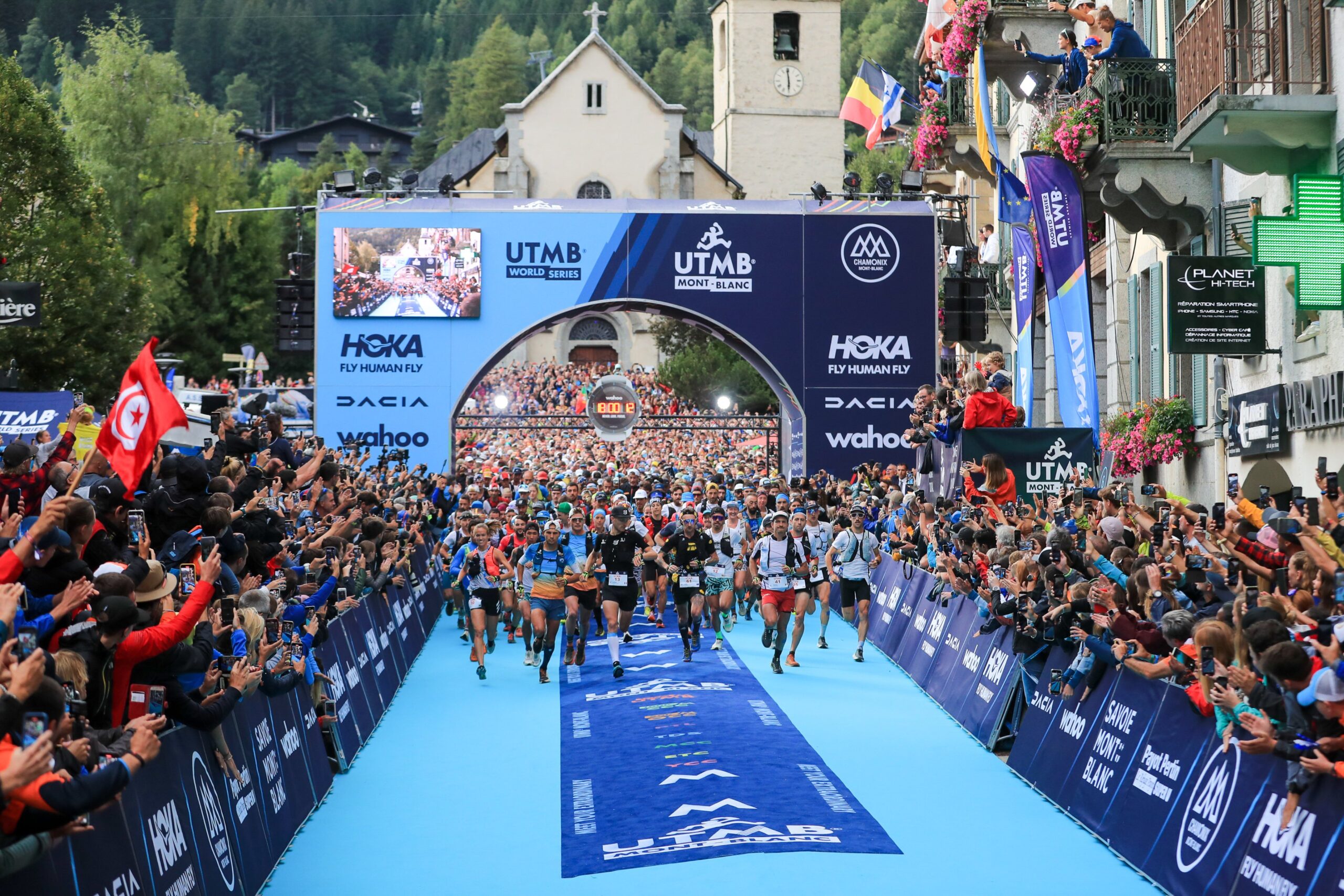
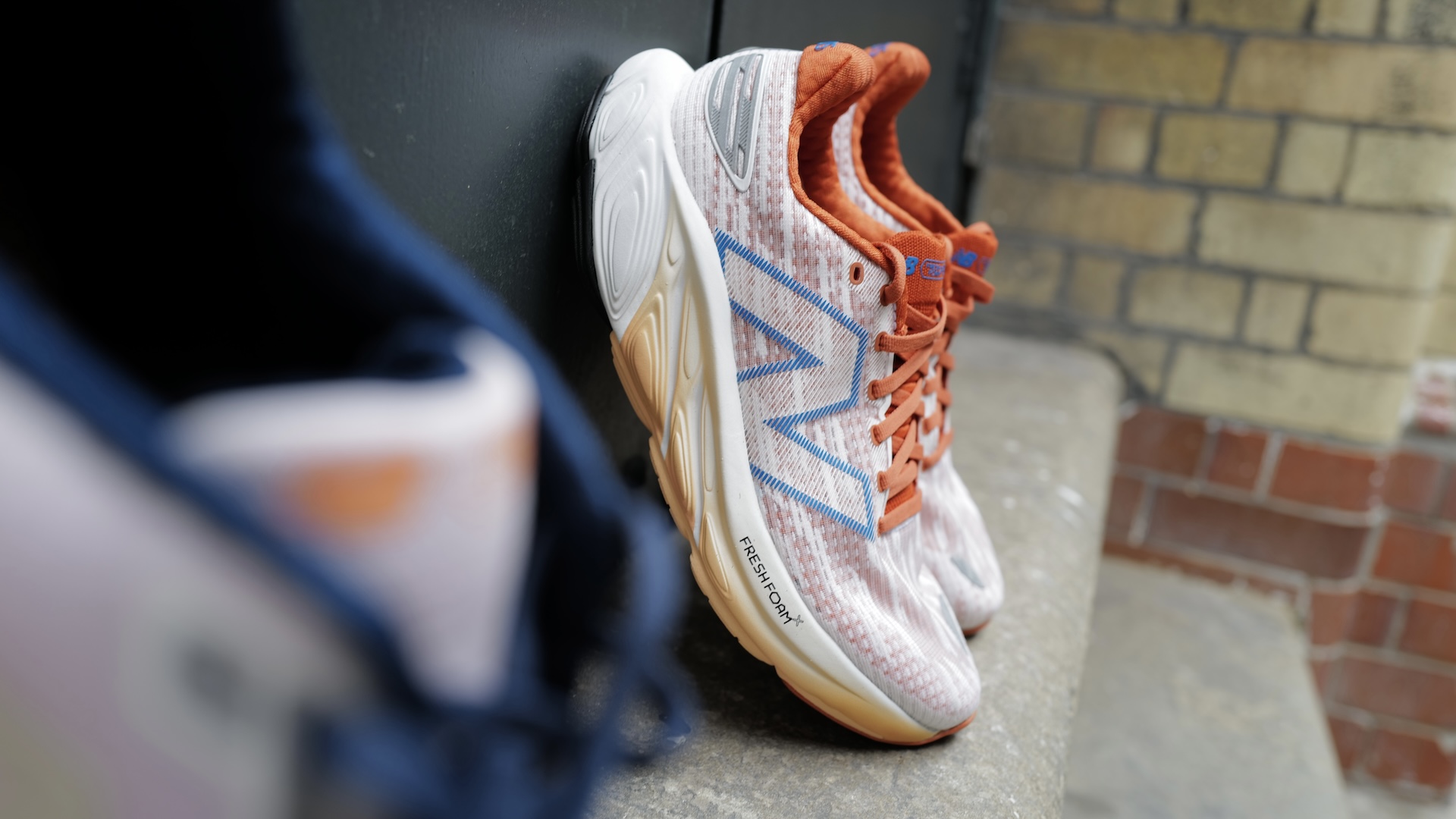
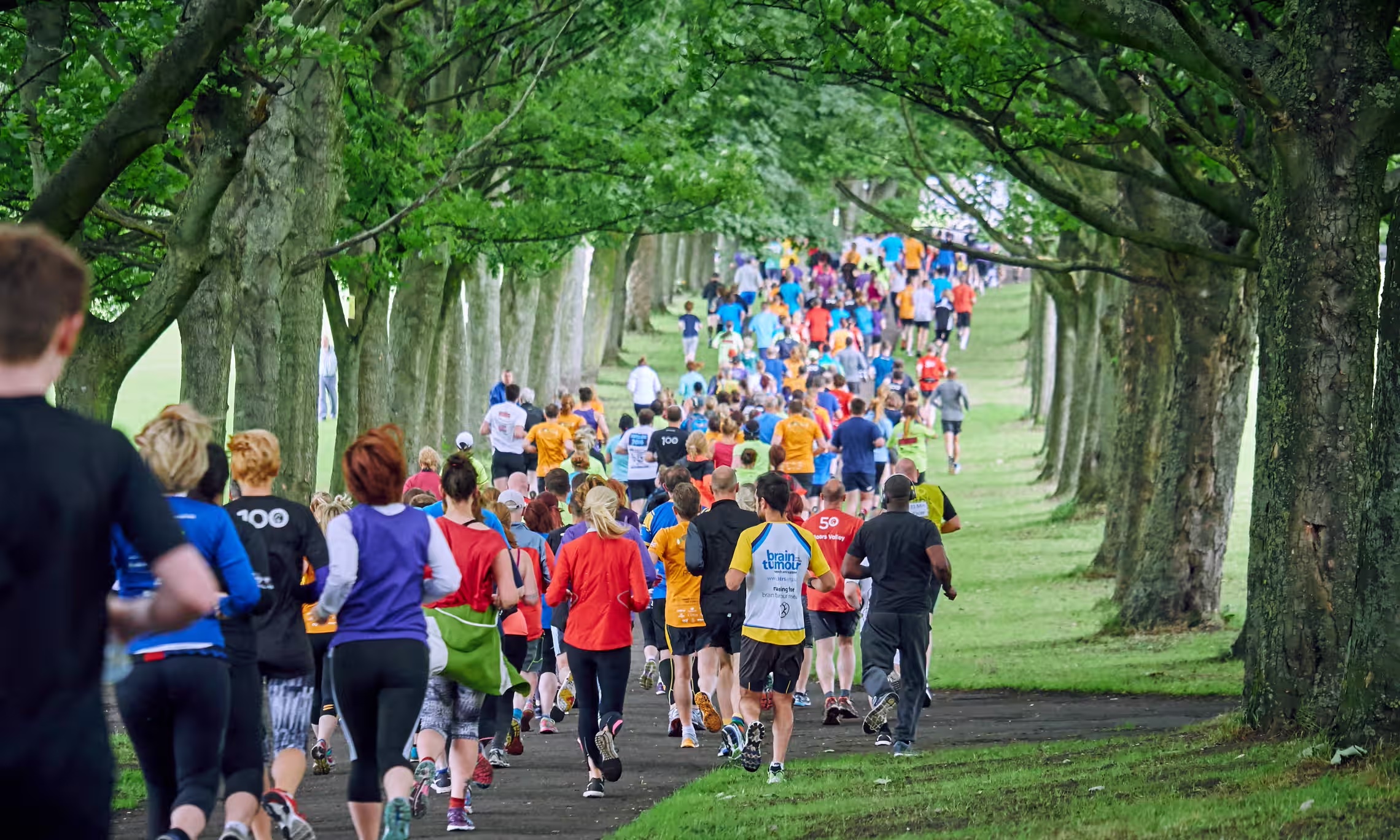


Running News
Ingebrigtsen Stars at World Athletics Indoor Championships 2025 – Plus All The Winners!
Sam Ruthe Is First 15-Year-Old To Run A Four-Minute Mile!
Eliud Kipchoge Will Run The 2025 Sydney Marathon!